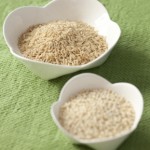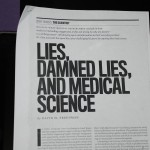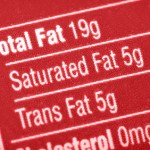I recently started eating egg whites on a regular basis. We get our eggs from the Morning Fresh Dairy, the same organic dairy that delivers milk to our front door once a week. Lynnette gets a half gallon of fat-free, locally produced milk every week and I buy a half gallon of their whole milk every other week. The herd resides about eight miles from us and we enjoy purchasing local products whenever we can. Since I'm moderately lactose intolerant, I also buy vanilla soy milk.
We get eggs from the same dairy, and usually go through a dozen a week. I worried about the cholesterol in the eggs yolks although I love to make omelets. So more recently I've started hard-boiling six eggs at a time, keeping the resultant cooked eggs in the refrigerator and eating just the whites. I felt good about getting egg protein, but hadn't done my due diligence so today I started looking at various comments on eggs.
The eggs come from Platteville, Colorado, a small community about 35 miles southeast of Fort Collins where we live. They're produced under the United Egg Producer Animal Husbandry (UEP) standards and, having Googled those, I'm reasonably content. For instance those chickens get no hormones in their food. The UEP standards started with an independent scientific advisory committee in 1999 and came out as a voluntary program in 2002. The USDA and an independent firm called Validus audit farms seeking UEP certification annually and look at cage space, clean water and nutritious food issues.
On the other hand, The Humane Society issued a statement against the UEP in 2009, saying their standards were misleading and the so-called battery cages were abusive. In response the UEP issued their own statement in January 2010 discussing revisions in the guidelines. I haven't been to the Plateville facility, so I can't comment on their "hen-friendly" environment.
The other issue is eating eggs. There has been a recent downplay of the role of dietary cholesterol as a risk factor as compared to saturated and especially trans fats. The Harvard nurses' longitudinal study found that consuming an egg a day wasn't associated with a higher risk of heart disease.
Chicken eggs have been termed the "perfect protein" and supply all essential amino acids needed for humans. The yolk is the question I haven't totally resolved: it contains all the egg's vitamin A, D, and E, but rougly four times the calories of the egg white and a large yolk has greater than two-thirds of the recommended daily intake of 300 mg. of cholesterol. There is debate as to whether the egg yolk presents a significant health risk with a variety of research studies showing differing results. On the other hand, one amino acid, choline, is found only in the yolk. Pregnant and nursing women need choline (from some source), as it's needed for fetal brain development.
So for now I'm going to continue eating my hard-boiled egg whites and I'll try to go to Plateville and do my own inspection of the chicken farm one of these days.











